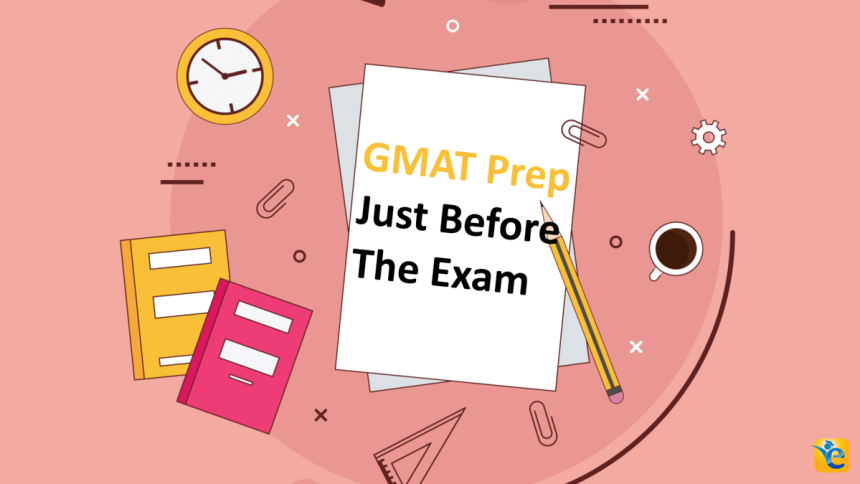The GMAT is not just another test. It is the gate that opens up your MBA dream. A good score can place you in your dream business school. But reaching that score is difficult. You need focus, practice, and the right kind of help. That is why picking the right coaching or prep plan is so important.
In a city like Mumbai, there are hundreds of options. Some are small classes, some are big institutes, and some are online programs. Each will promise success. But you need to be smart in choosing what works for you. The right guidance can save you time and energy.
This guide will help you understand what to look for, how to prepare, and how to stay on track while preparing with GMAT best online course.
Step 1: Understand Your Needs
Before looking outside, look inside. Ask yourself:
- Do I learn better in a classroom or at home?
- Do I need strict schedules or flexible timings?
- Am I strong in Math but weak in English? Or the other way around?
- Am I a student with lots of time or a working person with weekends only?
These questions matter. If you are a working person, a weekend batch or online learning may suit you more. If you are a student, daily classes could give structure. Some people prefer the old chalk-and-board method. Others like watching sessions on a laptop.
The right choice will depend on how you study best. For instance, a flexible option like a GMAT best online course may help someone who travels a lot.
Step 2: Look at the Track Record
Every coaching center will claim to be the best. But look at the numbers. A good institute will proudly share how many of their students scored above 705 or got into top B-schools.
Don’t just believe their ads. Check reviews on Google. Talk to old students if you can. Success stories and honest feedback will give you the real picture.
Some coaching classes even invite alumni for talks. These sessions show the institute’s confidence and also inspire current students.
Step 3: Check the Teachers
The biggest strength of any coaching is its teachers. A good faculty does more than explain formulas. They motivate you, push you when you feel low, and guide you on strategies.
When you attend a demo class, notice the teacher’s style. Do they explain slowly? Do they solve doubts? Do they give shortcuts? These things matter because GMAT is not only about knowledge but also about smart thinking.
Experienced teachers who have trained hundreds of students will know how to handle every type of weakness.
Step 4: Study Material and Tests
The GMAT is not like school exams. It is computer-based, adaptive, and tricky. So your prep must match the test style.
Good institutes provide:
- Updated material with official-style questions.
- Practice papers that look exactly like the real test.
- Section-wise tests
- Analytics to show your weak areas.
Without practice tests, you will never know where you stand. A good prep program will give many mock tests and also explain your mistakes.
Step 5: Doubt Clearing and Personal Attention
This is where many students struggle. Big batches often mean no personal guidance. But GMAT is a test where small mistakes can cost big.
Try to find a coaching that allows one-on-one mentoring. Doubt sessions, feedback, and regular check-ins make a big difference. A smaller batch ensures that you get noticed and not lost in the crowd.
Step 6: Flexibility and Online Options
Today many students prefer online classes. Working professionals especially need flexibility. Good institutes in Mumbai provide hybrid learning, classroom plus online.
Online classes give recorded sessions, so you can revise anytime. Live online sessions also give the feel of a classroom without travel time. If you choose GMAT prep mumbai, make sure they also give you online access, just in case you miss a class.
Step 7: Think of Your Budget
MBA dreams are not cheap. Apart from tuition and living costs abroad, the GMAT prep Mumbai itself can feel heavy. That is why you should always compare the isb course fee type situation with GMAT prep centers too.
Expensive does not always mean better. Sometimes mid-range coaching gives better attention. What matters is value for money. Look at what is included, materials, mocks, mentoring, application help, and then decide.
A Sample Day of GMAT Prep
To understand the journey better, let’s see how a student’s prep day might look:
- Morning: Practice 10 Quant questions with a timer.
- Afternoon: Revise grammar rules for Verbal.
- Evening: Attend classes (offline or online).
- Night: Review mistakes from the mock test.
This routine helps to maintain a balance. GMAT prep is a marathon, not a sprint. Constant study and hard work beats late-night cramming.
Tips for Success in GMAT Prep
- Set a target score. Don’t study blindly.
- Make a timetable. Break down topics week by week.
- Take mocks regularly. At least one every two weeks.
- Review mistakes carefully. Learn why you made a particular mistake and what went wrong.
- Stay healthy. Sleep, food, and exercise matter for focus.
- Keep plan B ready. Sometimes, one attempt may not be enough.
Why Mumbai is a Special Place for GMAT Prep
Mumbai is a hub of education. It has some of the best gmat coaching in mumbai, with options for every type of student. From classroom training to fully online programs, you can find it all here.
Also, being a big city, Mumbai attracts experienced teachers who have guided hundreds of MBA applicants. You can also find peer groups, which make the journey less lonely.
The city’s energy itself pushes you to stay disciplined. For many, studying GMAT in Mumbai means being surrounded by people with the same dream.
Conclusion
Your GMAT journey begins with selecting the right prep path. Know your strengths, check the institute’s record, meet the faculties, and see the study material before deciding. Mumbai gives you many choices, both offline and online. Pick what suits your style and stick to it with discipline.
Jamboree, the best gmat coaching in Mumbai makes GMAT prep simple and effective. With expert teachers, updated study material, and both online and offline classes, they guide students to achieve their dream scores.





